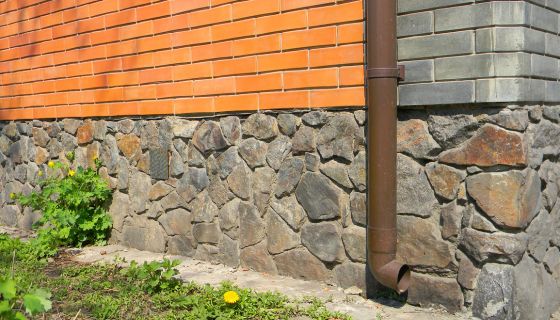Introduction
Sustainable Drainage Systems (SuDS) play a crucial role in managing surface water runoff, particularly in urban environments where traditional drainage systems may be inadequate. Retrofitting SuDS into existing developments is increasingly important to improve water quality, reduce flood risk, and enhance biodiversity. Here, we will explore assessment strategies for retrofitting SuDS in existing developments.
Understanding SuDS Retrofitting
SuDS retrofitting involves the integration of sustainable drainage features into established urban areas. Unlike new developments, retrofitting SuDS requires careful assessment to ensure compatibility with existing infrastructure and to maximize benefits.
Benefits of SuDS Retrofitting
- Improved Water Quality: Retrofitting SuDS can significantly improve the quality of water entering water bodies by removing pollutants and sediments from runoff.
- Flood Risk Reduction: By slowing down the flow of water, SuDS can reduce the risk of flooding in urban areas, protecting properties and infrastructure.
- Enhanced Biodiversity: SuDS retrofitting can create new habitats for wildlife, promoting biodiversity in urban environments.
- Aesthetic Improvement: SuDS features such as green roofs, swales, and ponds can enhance the visual appeal of existing developments, creating green spaces for residents to enjoy.
Assessment Strategies for SuDS Retrofitting
- Site Assessment: The first step in SuDS retrofitting is to conduct a comprehensive site assessment to understand the existing drainage infrastructure, soil conditions, and potential SuDS opportunities.
- Stakeholder Engagement: Engaging with stakeholders, including local residents, businesses, and government agencies, is essential to ensure that SuDS retrofitting meets the needs of the community.
- Feasibility Study: A feasibility study should be conducted to assess the technical, economic, and environmental viability of retrofitting SuDS in the existing development.
- Design Considerations: The design of SuDS features should take into account the specific characteristics of the existing development, including space constraints, existing infrastructure, and aesthetic considerations.
- Construction Planning: Careful planning is required to minimize disruption to the existing development during the construction phase of SuDS retrofitting.
- Monitoring and Maintenance: Once SuDS features are installed, regular monitoring and maintenance are essential to ensure their long-term effectiveness.
Case Studies
Case Study 1: London, UK
In London, the Retrofitting SuDS in London (RSSL) project has successfully retrofitted SuDS in existing developments across the city. By working closely with local authorities and communities, the project has improved water quality, reduced flood risk, and enhanced the urban environment.
Case Study 2: Portland, USA
In Portland, the Green Streets Initiative has transformed existing streets into green corridors, incorporating SuDS features such as bioswales and permeable pavements. This initiative has not only improved water quality but has also created new green spaces for residents to enjoy.
Conclusion
SuDS retrofitting offers a sustainable solution to managing surface water runoff in existing developments. By following the right assessment strategies and engaging with stakeholders, SuDS retrofitting can improve water quality, reduce flood risk, and enhance biodiversity in urban environments.



